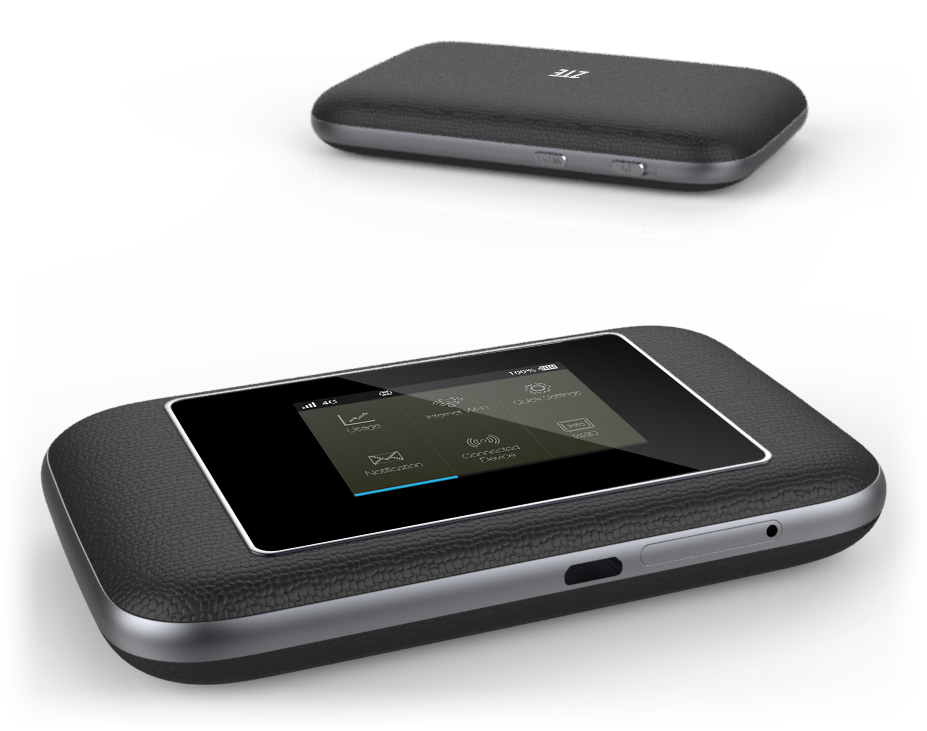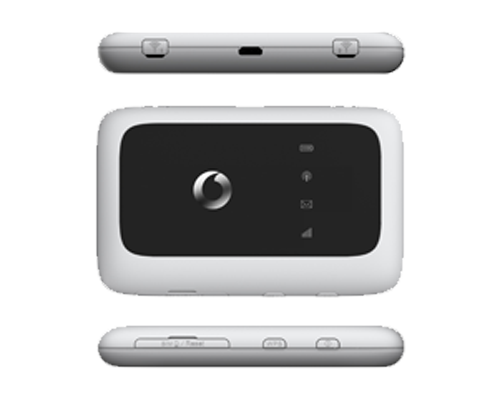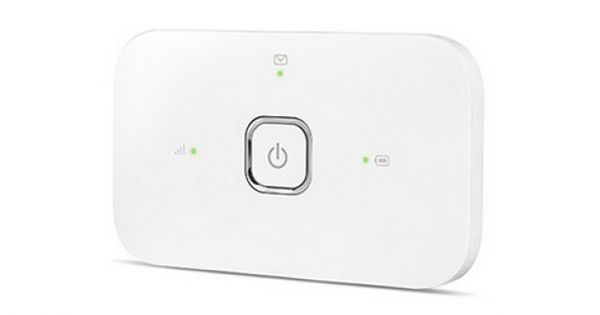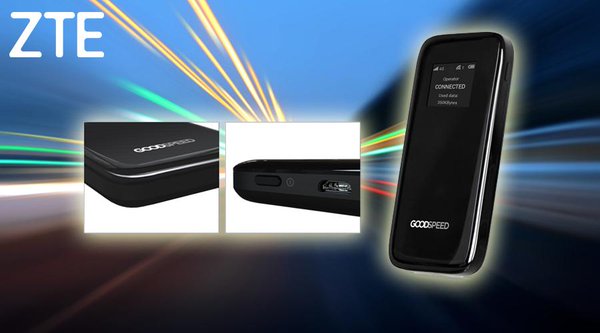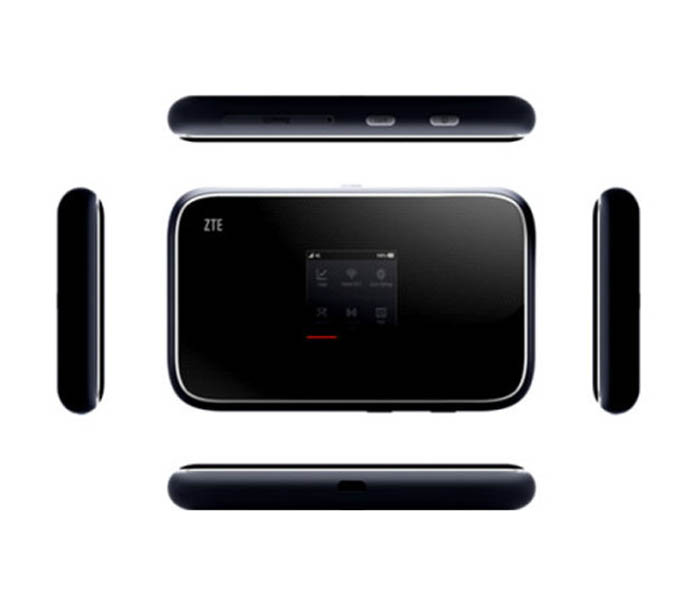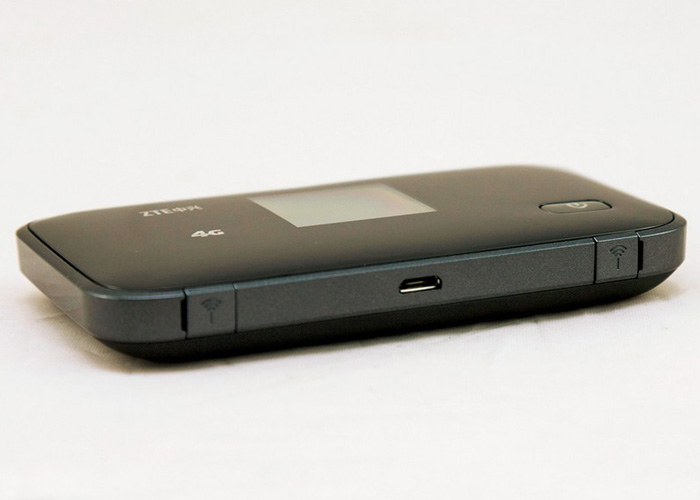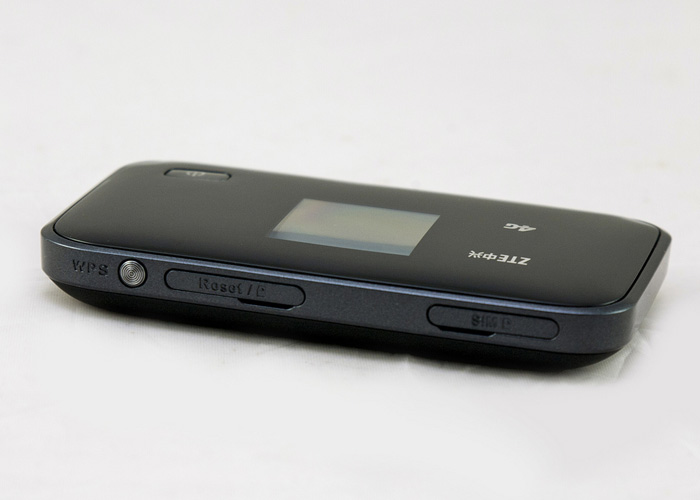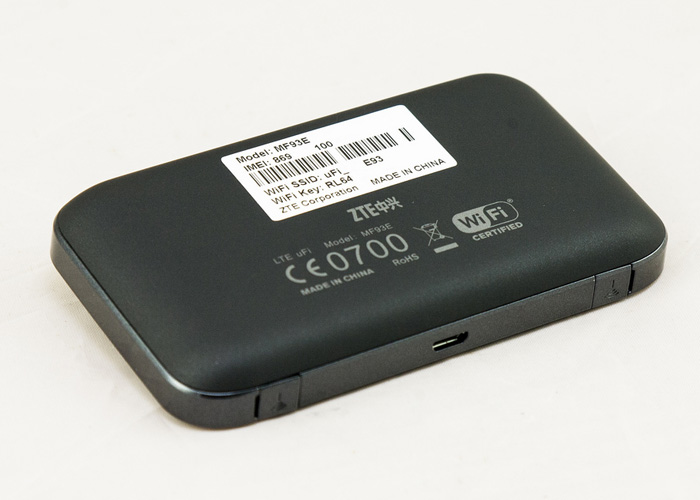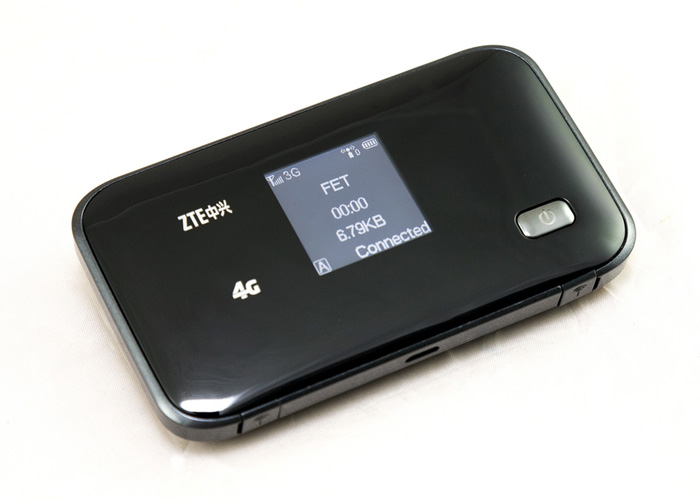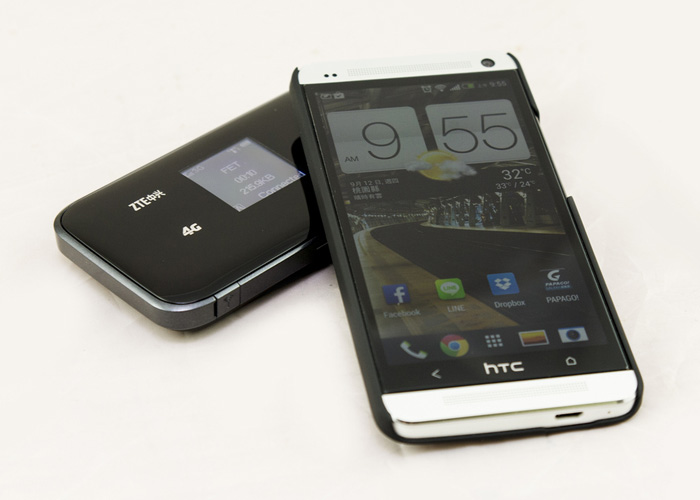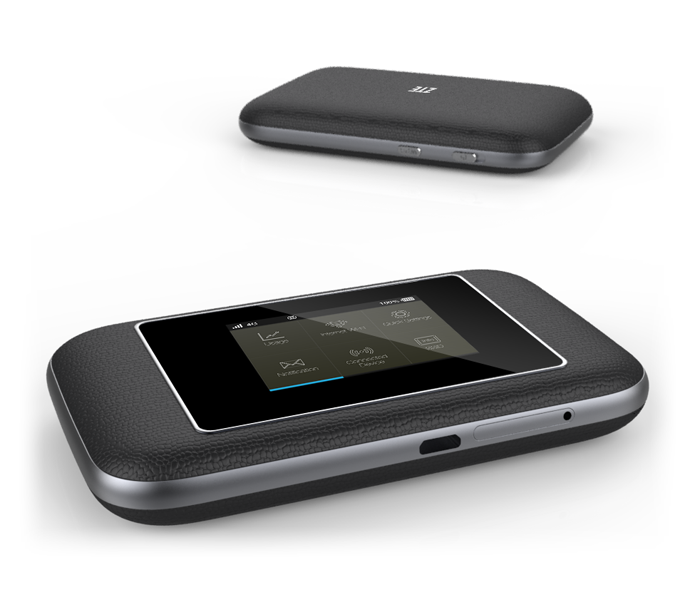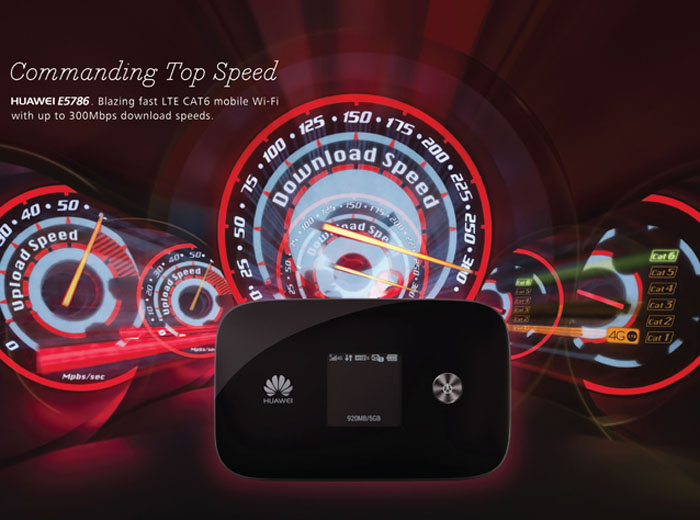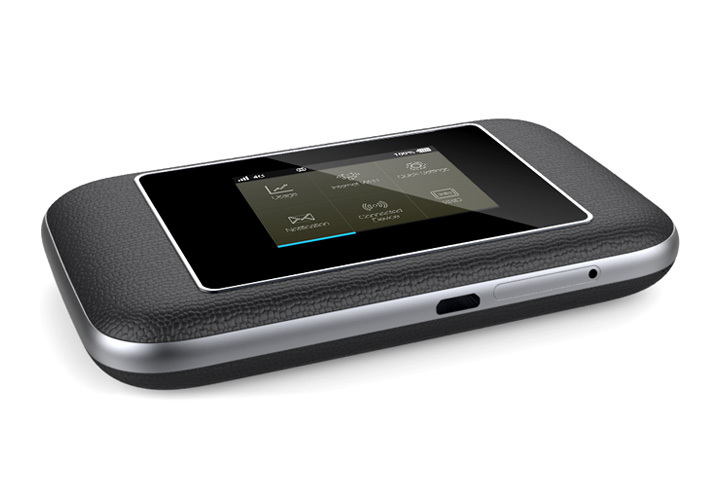The Chinese producer “ZTE” has announced a new hotspot routers at the 2014 Mobile World Congress, which is to support LTE-Advanced with up to 300 MBit/s for the first time. The device name is ZTE flare and is equipped with the latest wireless technology. Below are the more key data about wireless hotspot.
|
LTE features and characteristics of ZTE Flare |
|
|
Manufacturer and model |
ZTE Flare |
|
Download rate |
Up to 300 MBit/s |
|
Upload rate |
50 MBit/s |
|
Compatible LTE Bands |
still unknown |
|
backward compatible with: |
still unknown |
|
Support of LTE-Advanced |
Yes |
|
MIMO Support: |
MIMO 2×2 |
|
Connector for external antenna |
Yes; 2 aerial socket type TS-9 available(Buy ZTE Flare antenna) |
|
LTE Category: |
LTE modem of Category 6 (CAT6) |
|
Chipset |
Qualcomm Gobi ™ 9×30 with RF360 |
|
Others |
|
|
Dimensions (LxWxH) |
still unknown |
|
USB standard |
USB 2.0 |
|
Memory card expansion |
Yes; MicroSD up to 32 GB |
|
Compatible Operating Systems |
Windows XP, Windows Vista, Windows 7 & 8, Mac OS (from 10.4) |
|
Release |
Summer or Fall 2014 |
|
Manual PDF |
Unfortunately not yet available online |
Vodafone, Deutsche Telekom and probably O2, are about to launch the next generation LTE – the so-called “LTE-Advanced”. For now, data rates of 300 Mbit/s are possible with the new LTE technology. In order to use the “LTE 2.0”, however, customers also require new hardware. And those of LTE devices Category 6 (CAT6) supported. Both ZTE, as well as the main rival Huawei want punctually prepare enough for the start of such models. With the “flare”, ZTE announced its first CAT6 device for the 2nd half of the year.
ZTE Flare – Portable Router
Behind the “ZTE Flare“, hides a so-called hotspot wifi router. The device is therefore designed for mobile use and allows the establishing of a Wi-Fi hotspots. So hardware of this kind combines the best of fixed and mobile solutions – a hybrid between the router and stick if you will.
ZTE Flare – Main features
ZTE stated that the flare router is the world’s first LTE cat6 device that uses the Gobi chipset from Qualcomm, specifically, the “Gobi 9×30”.This is manufactured in 20nm process ultra-thin and is thus significantly less energy than conventional radio chips. Up to 15 percent power savings are possible. However, the highlight is the already mentioned LTE-Advanced Support. Per Carrier aggregation, the chipset can bundle two RF bands of different spectral regions, so that the LTE providers are up to 40 MHz total bandwidth for data transmission available. According to 3GPP standard, hinges with 5, 10, 15 or 20 MHz are combined. In this way, data rates can reach up to 300 Mbps. The Gobi dominated beyond FDD and TDD modulation. The former is common in Europe and North America, the latter especially in the Asian region.
Of course, ZTE flare also dominates wireless to the latest AC standard, for up to 540 Mbit transfer rate. For this purpose, the VIVE ™ 502.11ac Wi-Fi chip from Qualcomm was built. This is also compatible with previous 802.11 a/b/g/n and can be operated at 2.4 or 5 GHz. About the hotspot feature allows the end customer to bring a total of up to 32 devices to the network and connect. They also offer two ports for connecting external antennas to the side.
As is customary for mobile hotspot router, there are an info-LCD on the front, which serves on the one hand for the user interaction and fades to another important connection information, such as current surf duration, radio standard or volume consumed.
Conclusion
ZTE has here a real alternative to similar models made by Huawei (E5186 and E5786) and Negear (Aircard 790s)in the pipeline. Based on the specifications on the paper, ZTE flare has nothing to be desired in practice. Remains to be seen whether ZTE can meet the high expectations too. Once the device is available on www.4gltemall.com, we will test and report.
